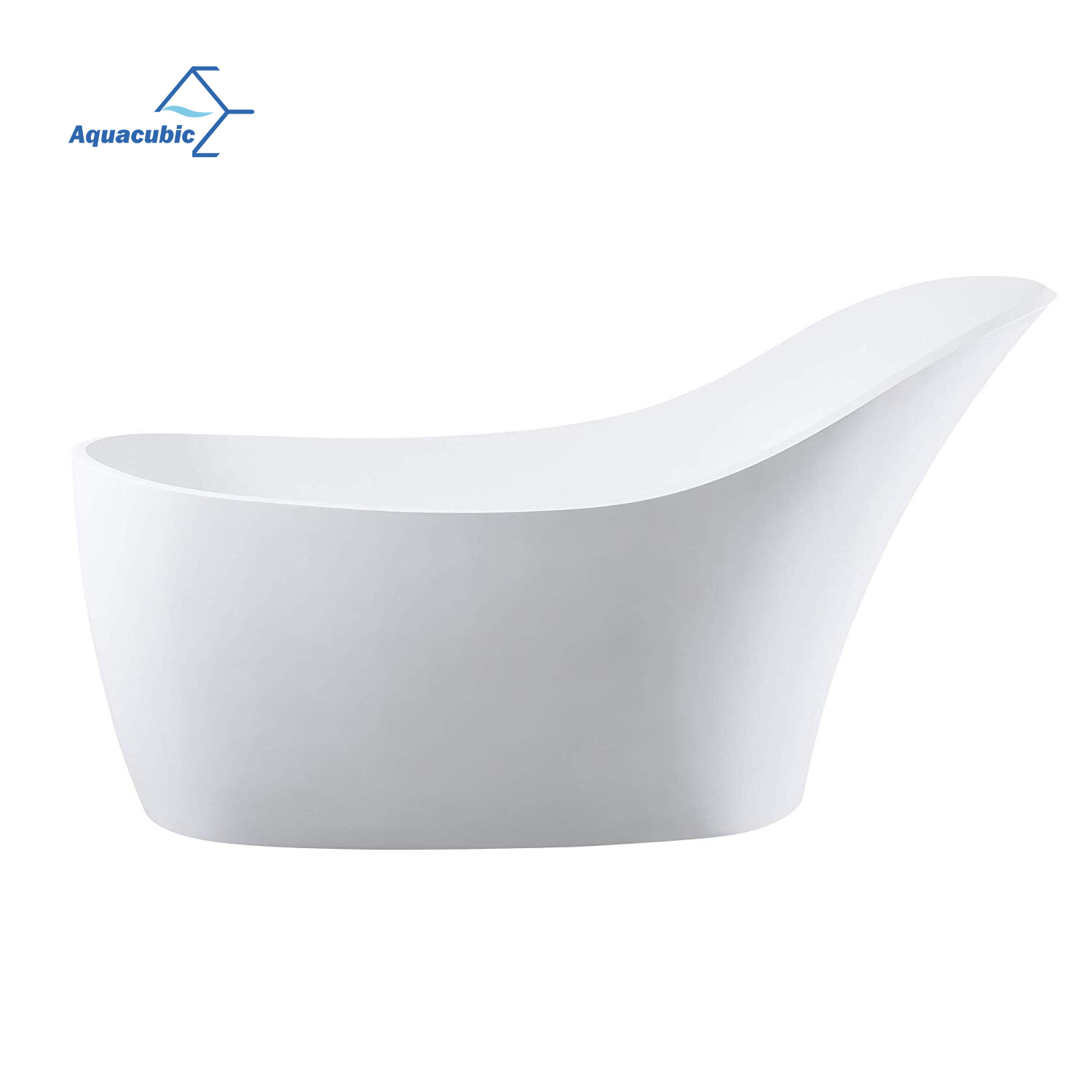Always customer-oriented, and it's our ultimate target to be not only the most reliable, trustable and honest supplier, but also the partner for our customers for Economic Brass Single Hole Bridge Faucet,
shower rod metal Adjustable, Kitchen Sink with One Faucet Hole, Pull Down Sink Faucet, Contemporary Single Handle Centerset Faucet, Kitchen Sink with Faucet Hole, We can customize the products according to your requirements and we can pack it for you when you order., Zimbabwe, Facing fierce global market competition, we have launched the brand building strategy and updated the spirit of "human-oriented and faithful service", with an aim to gain global recognition and sustainable development. Kohler Whitehaven Self-Trimming Apron Front Single Basin Sink by Kohler (64)
Specifications: ·Hydro-Force Economy Lead-free Pot Filler ·Deck Mount ·4" Adjustable Center with vacuum breaker and 72" hose (uses LFFRRV-C-R repair kit)
Wall Mounted Deck Mounted One Handle Two Handles Kohler Artifacts 3.2 GPM Wall Mounted Single Hole Pot Filler Model: K-99270 Starting at
Best Saving: Mitcent Kitchen Faucet with Pull Down Sprayer, Commercial Spring Kitchen. Best Convenient: Delta Faucet Keele Spotshield Stainless Kitchen Faucet, Kitchen Faucets. Best …
STYLISH Stainless Steel Wall Mount Pot Filler Folding Stretchable by Stylish
Wall-mounted kitchen taps. Buying a Teka wall-mounted tap is the ideal choice if you’re thinking about designing a bespoke kitchen. Such taps afford extra mobility when doing sink-based chores. Furthermore, every Teka kitchen tap perfectly matches our fridges due to them having the same aesthetics.
Features Solid brass construction Duraseal washerless cartridge Deck mount 4" to 16" mini-widespread 3-hole installation 1/2-14 NPSM connection 1.2 GPM/4.5 LPM water flow rate at 60 PSI 2-3/16" spout clearance 4-7/16" spout reach Includes matching finish pop-up drain Dual lever handles meet ADA guidelines Corrosion-resistant finish
1-48 of over 60,000 results for "3 hole faucet" RESULTS KES Black Bathroom Faucet 8-Inch Widespread Bathroom Faucet 3 Hole Vanity Faucet Bathroom Sink Faucet with Supply Hoses SUS 304 Stainless Steel Matte Black, L4350LF-BK 296































